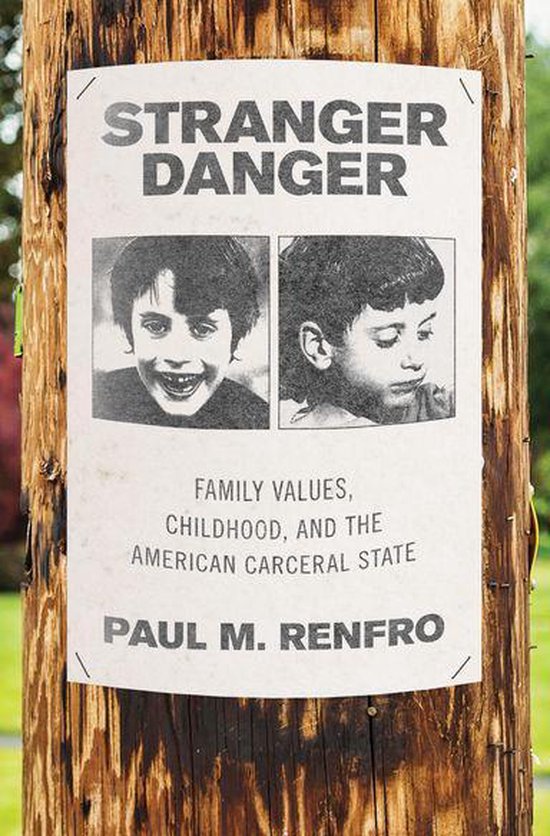During Judge Ketanji Brown Jackson’s Supreme Court nomination hearings, Hawley repeatedly claimed that she had been soft on child pornography offenders, despite being accused, earlier in his own career, of displaying untoward leniency towards sexual abusers as a prosecutor and attorney general. He largely focused on Jackson’s deviations from federal sentencing guidelines in child porn cases, even though judges appointed by Trump have also deviated from the guidelines, which have been broadly and bipartisanly criticized.
In an email interview, Renfro explained the right’s long tradition of hyping up concerns about the nuclear family and children, how Hawley’s attacks on Jackson are just the latest version, and what might make Americans less susceptible to repeated moral panics.
Your book talks about how panics over children have been weaponized to political ends. Can you give an overview of the argument and explain the modern genesis of this?
Moral panics concerning children have a long history in the United States, but my book concentrates on the “stranger danger” scare that erupted in the late 1970s and early 1980s. Fears about the sanctity and stability of the idealized American family—and the child at its heart—were intensifying during this period. As the power and influence of the Religious Right grew in the 1970s, its leaders railed against feminists, sought to curtail reproductive freedom, and smeared gay men as child predators who “must recruit.”
In this context, several high-profile child kidnapping or murder cases stoked fears of a widespread and worsening epidemic. The 1979 Etan Patz abduction in New York City, the 1979–81 Atlanta youth kidnappings and murders, and the 1981 Adam Walsh kidnapping and slaying in South Florida, among others, received tremendous national news coverage, much of which exaggerated the scope and the nature of the child kidnapping threat. On nightly news broadcasts and in print media, bereaved parents, concerned politicians, law enforcement officials, moral entrepreneurs, and others claimed that as many as 50,000 children fell victim to stranger kidnapping annually in the US.
Even though the actual number of stranger kidnappings was and remains somewhere around 100—and children are far more likely to be abducted, abused, or killed by a family member or acquaintance—many everyday Americans were convinced that their families and children were facing a grave and growing threat. The nation was in the throes of a moral panic, the consequences of which would be multifaceted. Parents grew increasingly protective of their children, restricting their movements and demanding stronger and more punitive state responses to the perils of child kidnapping and exploitation. They found an ally in President Ronald Reagan, who targeted, inflated, and often conflated various presumed threats confronting the American family—from “stranger danger” to underage drinking, from adult pornography to child pornography, from drugs to teen pregnancy, from heavy metal to satanic ritual abuse.
